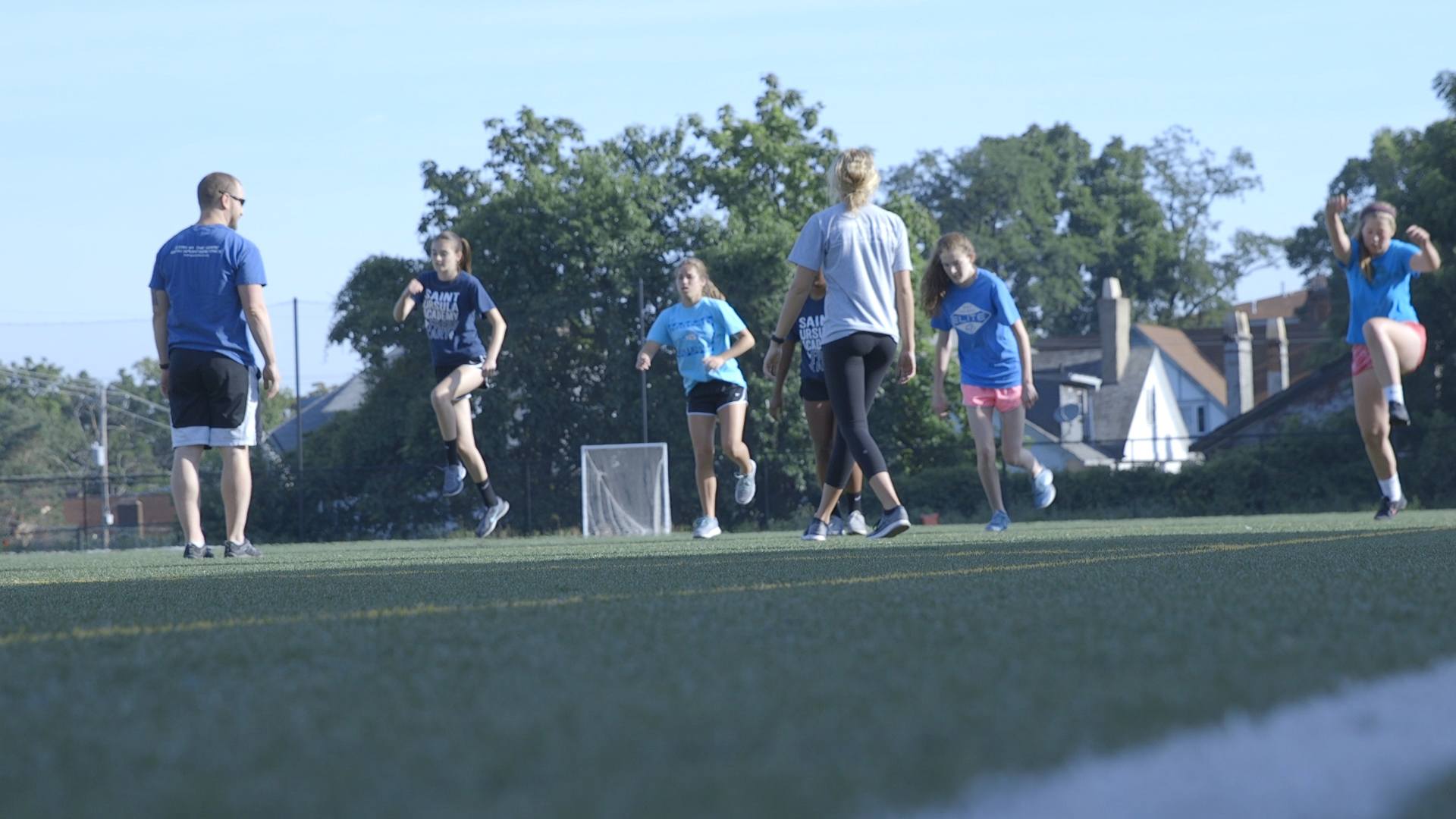
Authors: Sue Barber-Westin, BS and Frank R. Noyes, MD
Anterior cruciate ligament (ACL) reconstruction (ACLR) is frequently performed in patients younger than 20 years whose goal is to return to sport (RTS). Varying reinjury rates have been reported, and the factors responsible are unclear. Studies differ with regard to age, graft type, surgical techniques, postoperative rehabilitation, RTS guidelines, and methods used to determine ACL failures.
To determine RTS rates; the effect of participation in high-risk sports, sex, and graft type on ACL reinjury rates; and whether objective test criteria before RTS correlate with lower reinjury rates. A total of 1239 patients in 8 studies were included; 87% returned to sport and 80% resumed high-risk activities. Of the patients, 18% reinjured the ACL graft and/or the contralateral ACL. Nine percent of patellar tendon autografts and 15% of hamstring autografts failed. Of reinjuries, 90% occurred during high-risk sports. Male patients had a significantly higher rate of ACL graft failure than female patients. There was no sex-based effect on contralateral ACL injuries. Only 1 study cited objective criteria for RTS.
Study Conclusions: A high percentage of athletes returned to sport, but 1 in 5 suffered reinjuries to either knee. Male patients were more likely to reinjure the ACL graft. Objective criteria for RTS were rarely mentioned or not detailed. The need for testing of knee stability, strength, neuromuscular control, agility, and psychological measures before RTS remains paramount in young athletes.
